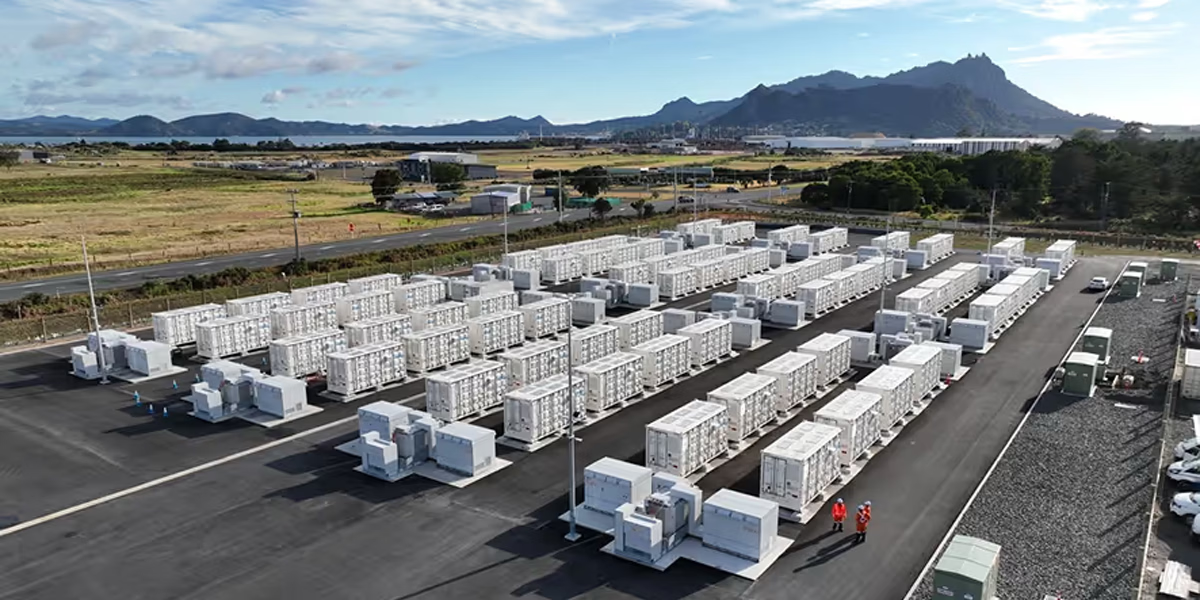Engineered Fire Safety Built for Energy Facilities
Our systems are designed to meet the demanding safety and environmental standards of large-scale BESS installations. From design through deployment, DIS Fire ensures every component works in harmony to prevent catastrophic failures.
Advanced Battery Fire Protection
Engineered to detect, isolate, and suppress fires in advanced lithium-ion battery energy storage systems, ensuring maximum safety, system uptime, and asset protection for renewable energy operations.
Proven Safety and Reliability
Proven to perform under demanding conditions in energy storage environments, delivering consistent fire protection for large-scale battery installations.
Scalable System Design
Modular system design allows seamless expansion as battery capacity grows, ensuring consistent and scalable fire protection for evolving energy facilities.
Certified Australian Expertise
Developed, installed, and supported by Australian fire protection professionals with proven expertise in BESS safety standards, compliance, and system performance.
Reduced Environmental Impact
Employs sustainable clean agents that suppress fires without harming equipment or the environment, supporting compliance with global green standards.










